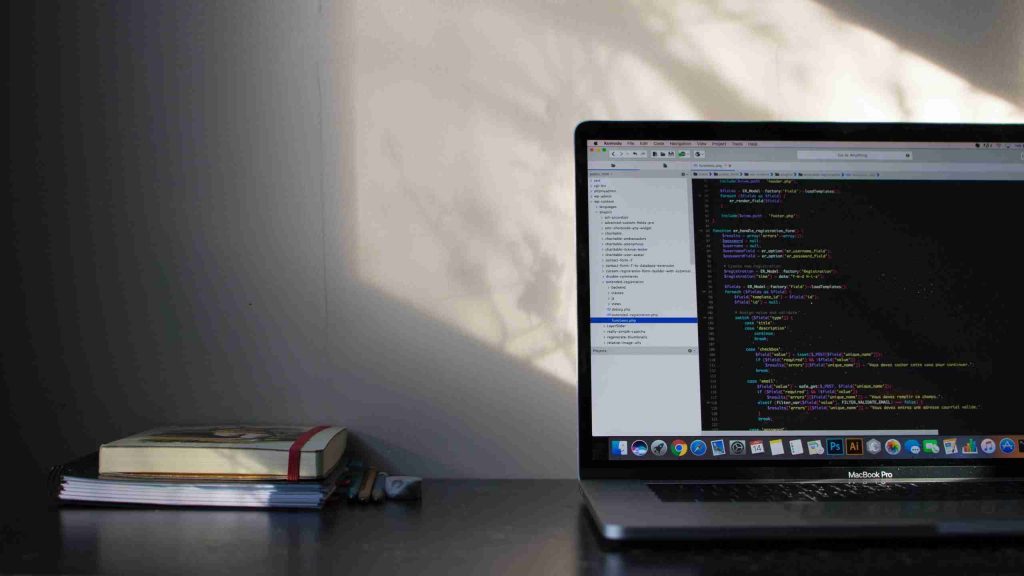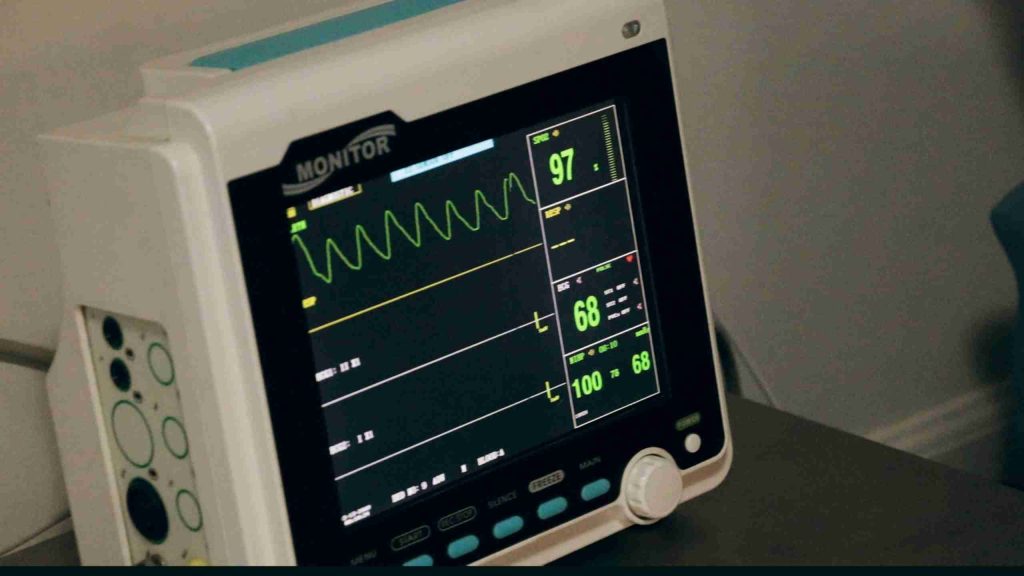As someone who has worked with Bluetooth Low Energy (BLE) devices, the new direction finding feature for BLE 5.1 got me excited and thinking.
BLE 5.1 and Direction Finding
To give a bit of context, one application for BLE is to identify the proximity of assets. But with 5.1’s direction finding, these devices will now be able to detect which direction the signal is coming from as well as how far the devices are from each other. As of now, two different methods have allowed this, Angle of Arrival (AoA) and Angle of Departure (AoD). While they both offer similar functionality, they each bring unique abilities and open up different solutions for product designers.
As with prior BLE releases, 5.1 uses locators and beacon. The locators are a ‘permanent’ device that waits for input from a beacon, whereas a beacon will move with what is being tracked or monitored. In a system where BLE is used in asset tracking in a warehouse, the locators will be planted throughout the warehouse where they will remain in a fixed location and look for beacon information. The beacons identification numbers are given to a locator which can then find these items.
What’s the difference between AoA and AoD?
AoA systems have simple and cheap beacons, while the locators are more complex – requiring an array of antennas to receive and triangulate the incoming signal. The Angle of Attack is determined by timing the difference of the signal’s arrival at multiple antennas. With a single locator, you get a 1-dimensional direction to the device.
AoD systems place the complexity in the beacons, which will have multiple antennas used to “beam form” the signal in a particular direction. The locators in this system are simple one-antenna devices. This method uses the angle that the signal departs the beacons in calculating direction.

Benefits of AoA / AoD
With the arrival of BLE 5.1, indoor location tracking becomes much more accurate. A whole host of applications becomes possible.
Think:
- Warehouse asset tracking
- Sports
- Animal tracking
- Patient tracking
- Factory site location awareness
- Construction job sites
Check out this awesome video from Quuppaa, who helped define the BLE 5.1 standard and used their own proprietary version of this technology prior to the Bluetooth SIG’s adoption.
Indoor location via beaconing was not accurate enough for many tracking applications prior to the BLE 5.1 additions. Implementations had to use proximity beacons which were much less accurate. The go-to standard of GPS is also not generally available indoors, or can be degraded by buildings or tall trees in the area. This is truly a revolutionary technology that many business applications have been waiting for.
Additionally, the recent Covid-19 pandemic is spreading and endangering many people in the world. Tracking is now more important than it ever has been! Looks like direction finding came out just in time.
Wrapping Up
Direction finding represents a game-changing opportunity for businesses to bring real added value to their applications. The technology is still new and requires consideration of the trade-offs between AoA, AoD, and the complexity these solutions drive into your devices. The ubiquity of BLE means that these solutions are likely to be incorporated into mobile devices in the near future, allowing a whole host of user-facing applications.
We hope we’ve inspired you to create something great. What can you build with this new feature?
This is the kind of insight on embedded ops that we provide in our weekly Lunch and Learns. We cover a variety of topics from embedded on cellular, deep learning with robots, and more! Check out our current list of events and sign up for your seats – always no cost!





